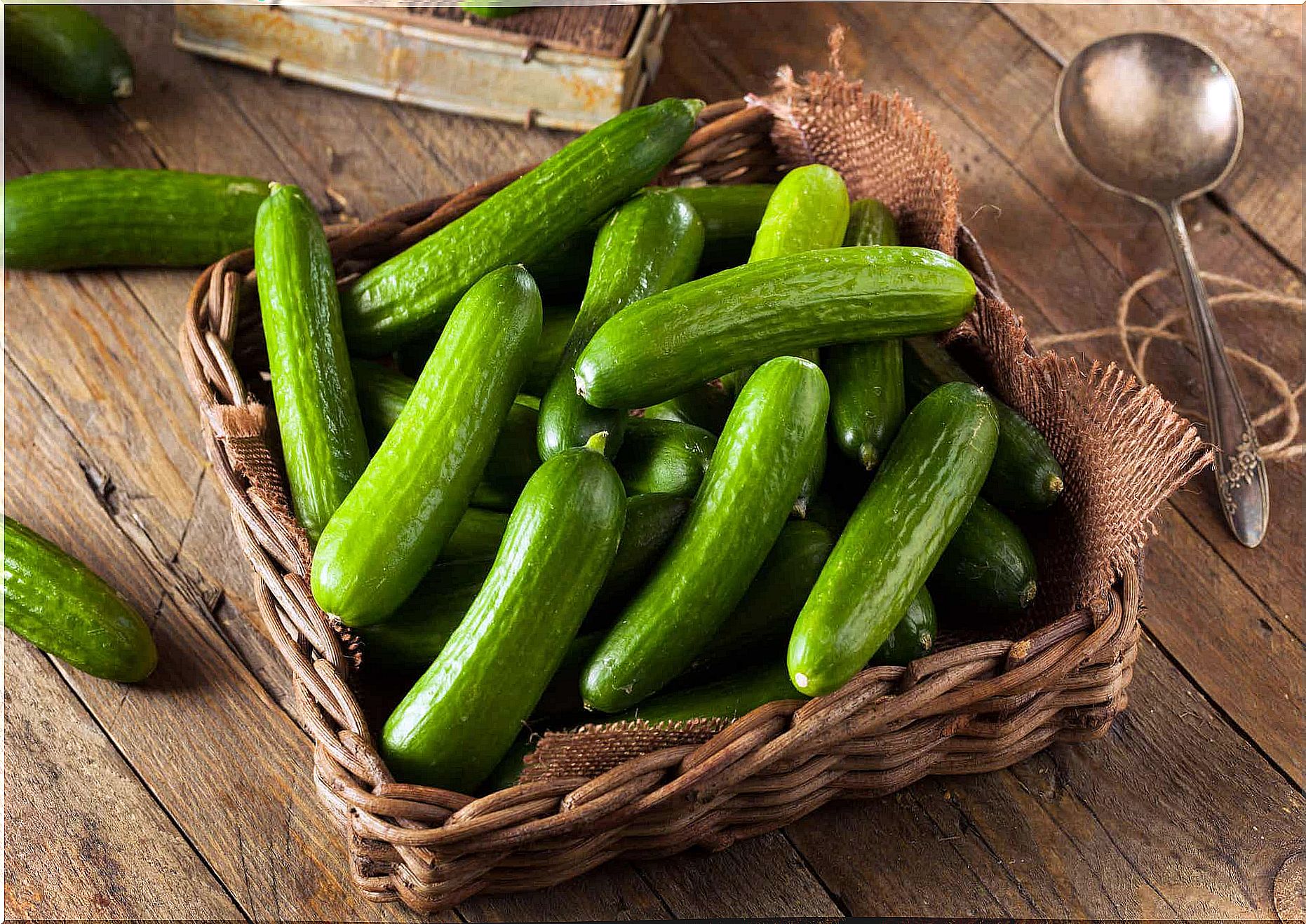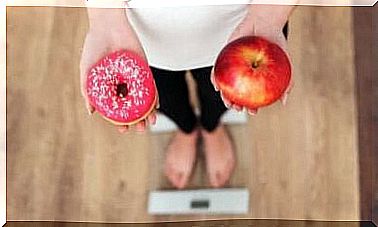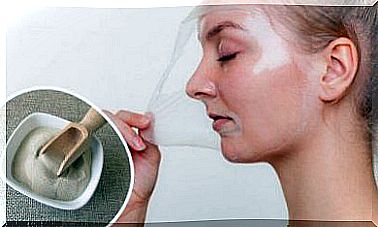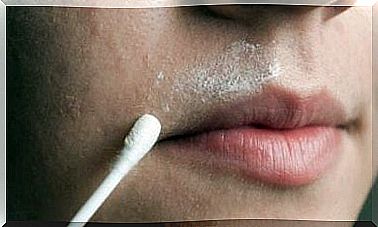When And How Do You Add Cucumber To Your Baby’s Diet?
As our children grow, their need for nutrition and energy increases. Therefore, new foods should be introduced in the diet, and always prioritize the healthiest options. And that being said, adding cucumber to your baby’s diet is not a bad idea. It is one of the freshest vegetables and is a source of some nutrients that as a whole are beneficial for growth.
Cucumber is a refreshing vegetable for the little gums, and when cut into strips, it is easy to keep. However, some caution should be exercised, as there may be a risk of suffocation. Therefore, they should be prepared safely, according to the age of the child.
Later we will show you when and how you can add cucumber to your baby’s diet in a safe and nutritious way. This way you can take advantage of the benefits of this versatile and healthy food.
When can babies eat cucumber?
The best time to introduce cucumber to your baby’s diet is when they start eating solids, around 6 months of age. However, you can also wait until your baby reaches 9 months.
In both cases, experts recommend serving it in the form of puree, to deactivate cucurbitacin. According to some researchers, this compound has medicinal properties, but it can be difficult for babies to digest, as it causes belching and stomach discomfort.
To eat raw cucumber, children should wait until they are 12 months old. At this stage, babies have more teeth, and the digestive system is better developed.

The benefits of introducing cucumber into your baby’s diet
One of the most noticeable benefits of cucumber for babies is its high level of water. In fact, 95% of this fruit is water, which allows it to relieve thirst and fill mineral salts.
In addition , Nutrients magazine emphasizes the importance of water in food as an additional source of hydration. If a baby suffers from constipation, a good dose of fluid can improve the condition.
According to the Spanish Nutrition Foundation , cucumber contains vitamin C, folic acid, vitamin K, magnesium, potassium and manganese. By introducing cucumber into your baby’s diet and combining it with other fruits, such as apples or pears, you can contribute to a balanced diet and ensure adequate nutrition.
The World Health Organization (WHO) states that raw fruit with skin has more benefits than when you cook or puree them. So when babies are better able to chew and there is less risk of suffocation, they can eat cucumbers in small raw portions.
Cucumbers can also be a good solution for the baby’s discomfort. Chilled or frozen fruit rings relieve itchy gums.
To do this, cut a fresh cucumber, dip it in a natural puree and put it in the freezer. Let it thaw at room temperature before giving it to the baby so that it does not stick to the tongue or mouth. Keep a close eye on your baby to avoid suffocation.
How can I include cucumber in my baby’s diet?
To prevent foodborne illness, it is important that you wash cucumbers and other vegetables thoroughly. The most convenient way to clean them is to soak them in water with a few drops of food-safe bleach and leave them for 10 minutes.
Sufficient amounts of disinfectant should be used to avoid taste and texture changes in cucumbers. Before immersing them in water, contaminants should first be removed from the shell using running water. This prevents bacteria from passing from the outside to the inside of the meat.
It is also a good idea to taste the cucumber before giving it to your baby, as there are some bitter varieties that are unpleasant for babies.
Your pediatrician will always have the last word on the inclusion of new foods. However, here are some tips on how to safely add cucumber to your baby’s diet.
Babies from 6 to 9 months old
When your baby starts eating solid foods, cucumber can be included without skin, seeds and in the form of puree. Raw cucumber should never be recommended for this age group. Rather , it is ideal to steam or cook the vegetable for 10-15 minutes.
Cucumber can be cooked with the skin to avoid nutrient loss. But when it has cooled, you should peel it, cut it into pieces and keep it in the blender.
According to the Centers for Disease Control and Prevention, when introducing solid foods to infants, you should do so one at a time. In other words, you should not combine it with other products. This will help you rule out or identify food allergies or intolerances.
Babies from 9 to 12 months
From the age of 9 months, you can offer crushed cucumbers to get a slightly coarser texture. You can use a fork and some of the water leftovers from the cooking to do so.
About 12 months old, you can offer raw cucumbers cut into long, wide, thin slices, without skin. When your baby develops good squeezing properties, you can offer them small pieces in addition to the long slices.

Babies from 12 months and older
From the age of 12 months, to get the most out of the cucumber’s nutrients, you can keep the peel. This is where the largest amount of fiber, vitamins and minerals are found. The pieces should be small, but should not represent a choking hazard.
At this age, babies can pick up cucumbers cut into simple slices. You can show them how to take small pieces.
Cucumbers can be cut in the shape of stars, bears or hearts to arouse more interest. To help you , you can also use vegetable slices.
Cucumbers for the whole family
Cucumbers do not represent the most nutritious vegetable to start kids on solid foods. But when cooked properly, they help to vary the baby’s diet and add hydration to the new menu.
The whole family can benefit from this vegetable. Learn different recipes and delight young and old with the culinary versatility of this product.









